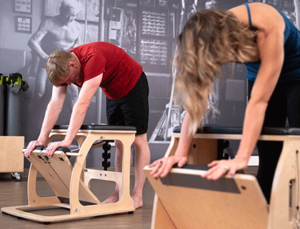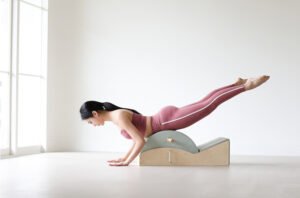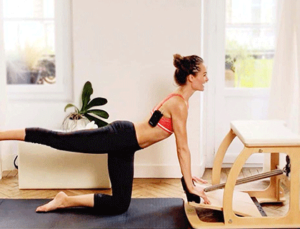
We value your privacy
We use cookies to enhance your browsing experience, serve personalised ads or content, and analyse our traffic. By clicking "Accept All", you consent to our use of cookies.
We use cookies to help you navigate efficiently and perform certain functions. You will find detailed information about all cookies under each consent category below.
The cookies that are categorised as "Necessary" are stored on your browser as they are essential for enabling the basic functionalities of the site. ...
Necessary cookies are required to enable the basic features of this site, such as providing secure log-in or adjusting your consent preferences. These cookies do not store any personally identifiable data.
No cookies to display.
Functional cookies help perform certain functionalities like sharing the content of the website on social media platforms, collecting feedback, and other third-party features.
No cookies to display.
Analytical cookies are used to understand how visitors interact with the website. These cookies help provide information on metrics such as the number of visitors, bounce rate, traffic source, etc.
No cookies to display.
Performance cookies are used to understand and analyse the key performance indexes of the website which helps in delivering a better user experience for the visitors.
No cookies to display.
Advertisement cookies are used to provide visitors with customised advertisements based on the pages you visited previously and to analyse the effectiveness of the ad campaigns.
No cookies to display.

Pilates (German: Pilates) is a physical fitness exercise developed by the German Joseph Pilates in the 20th century. During his lifetime, Pilates called this set of unique training movements and sports skills “control”.

Pilates is an exercise system that focuses on postural symmetry, breath control, abdominal strength, pelvic, spine, shoulder stability, muscle flexibility, and joint mobility. It was originally invented to help injured soldiers restore physical function during World War I, and has since developed into a popular fitness method that is loved by people all over the world.
Pilates mainly exercises the small muscle groups deep in the human body, maintains and improves the appearance of normal postures, achieves body balance, and expands the range and ability of the trunk and limbs. It emphasizes the control of core muscles, strengthens the human brain’s nerve sensing and control of limbs and skeletal muscle tissue, and is a full-body coordinated exercise performed with correct breathing methods. The movements of Pilates are slow and clear, and each posture must be coordinated with breathing, which makes Pilates suitable for people of any age, especially those who lack exercise, are exposed to computers for a long time, or sit in an office for a long time.

Pilates equipment is an integral part of Pilates exercises. They help practitioners complete various movements more effectively and improve the body’s strength, flexibility, balance and stability. Here are some common Pilates equipment:

Pilates reformer is one of the most iconic pieces of equipment in Pilates. It uses sliding beds, springs, pedals, straps and other equipment to help practitioners perform various Pilates movements. The design of the core bed allows practitioners to train at different difficulty levels, gradually improving the body’s strength and stability.

Pilates chairs usually have a strong and stable structure ,consists of four springs and detachable and connectable pedals. It helps practitioners maintain stability while performing movements and strengthens the core muscles ,made of high-quality metal or wood and covered with comfortable cushions to provide a comfortable experience.

Pilates Cadillac bed (Trapeze Table): Also known as the swing table, it combines the gravity of the spring and the assistance of the bar, allowing the practitioner to feel the body’s confrontation with resistance while exercising the core muscles. The Cadillac bed offers a variety of movement possibilities, helping to improve body flexibility and coordination.
Ladder Barrel: It consists of a curved barrel and a wooden step. The wooden step provides balanced support, while the curved barrel design facilitates various stretching and balancing exercises.
The ladder barrel is the only large piece of equipment in the Pilates family that does not have a spring, so it has no resistance or force resistance and is a relatively safe piece of equipment.
The Pilates Bucket is a versatile training tool suitable for Pilates practitioners of all levels.


Pilates Spine Corrector: This device helps practitioners feel the movement of the spine while helping to adjust and improve spinal posture. It’s lightweight and easy to use and can be used on a yoga mat, core bed or Cadillac bed.
The Pilates spine corrector is a powerful training tool that is suitable for various Pilates training scenarios and has a good effect on improving body flexibility, strength and balance.It is recommended to train under the guidance of professional coaches to ensure the best training results.
In addition to the above-mentioned equipment, some auxiliary tools are also used in Pilates exercises, such as elastic bands, foam rollers, resistance rings, and small balls. These tools can increase the resistance of the movement and improve the effectiveness of the training, while also helping to relax and stretch the muscles.

Overall, there are many types of Pilates equipment, each with its own unique features and uses. When selecting equipment, you should select it based on your individual physical condition, training goals, and preferences to ensure the best possible workout results. At the same time, when using equipment, you should also pay attention to safety and follow correct operating methods and postures to avoid injuries.



